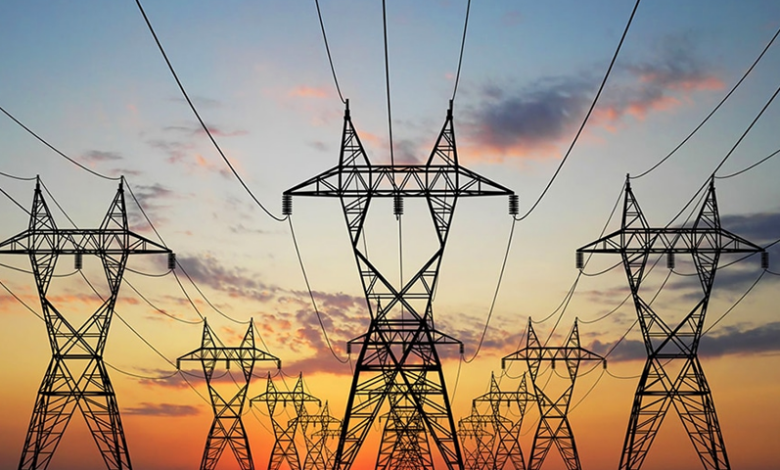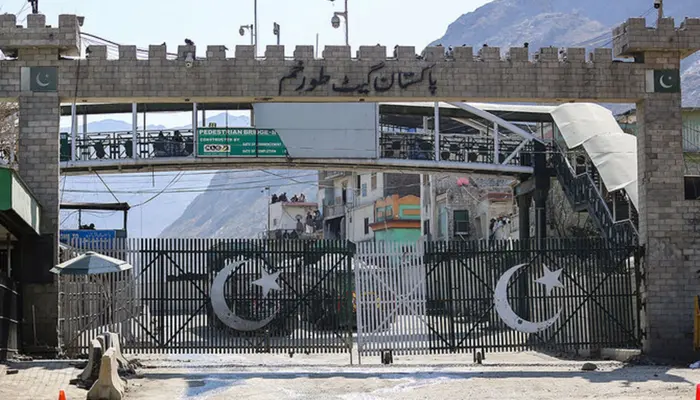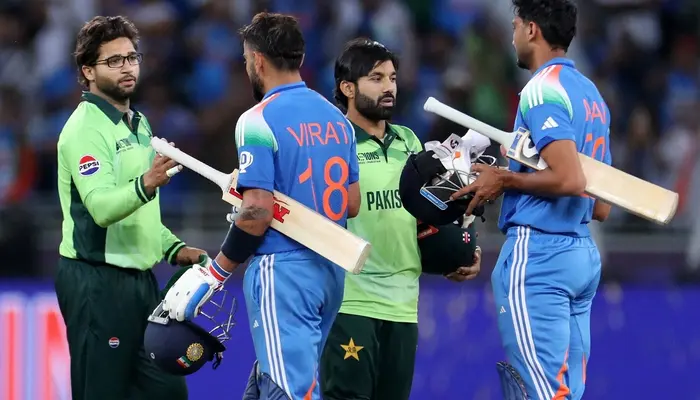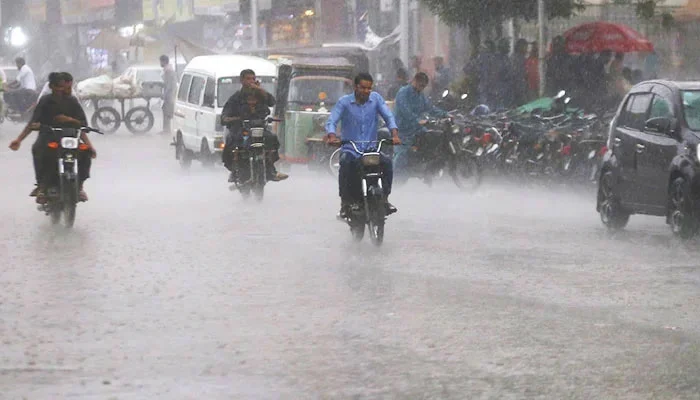
The government has proposed a new financial model to 18 independent power producers (IPPs). This plan aims to significantly reduce their capacity payments and recover “excess profits” made by these companies in the past. Senior managers from three IPPs and a government official shared these developments with Dawn.
A government task force is currently renegotiating the terms of power purchase agreements with four IPPs established under the 1994 power policy and 14 under the 2002 policy. The negotiations, which began last Monday, focus on slashing the burden of capacity payments and reducing electricity tariffs. Officials expect these talks to conclude in the next few weeks.
According to a task force member, these negotiations are a part of the broader structural reforms needed in the power sector. The government believes that the IPPs have made significant profits and must contribute to solving the crisis affecting consumers and the economy.
Shifting to a ‘Take-and-Pay’ Model
One key change involves scrapping the existing ‘take-or-pay’ model, which guaranteed IPPs fixed costs—known as capacity payments—regardless of electricity sales. Instead, the government plans to move IPPs to a ‘take-and-pay’ model for the remaining lifespan of their plants, which range from three to 17 years. This shift is based on claims that IPPs “overstated” their fixed costs during tariff determination.
Read: Qatar Plans $3 Billion Investment to Strengthen Pakistan’s Economy
However, IPP representatives deny these allegations, asserting that the supposed excess profits resulted from enhanced efficiency. A director from one IPP remarked that all companies use the same technology and tariff structure. “Only some of them managed to increase their efficiency and earn more,” he stated, suggesting that the government aims to “punish us for being efficient.”
Revised Contracts and Expected Savings
Once revised, capacity payments to IPPs for the remaining life of their plants will be cut to 70-75% of the average annual fixed costs over the last five years. This payment will be in addition to the sums paid for electricity dispatched to the national grid. Additionally, the task force has revised agreements with eight bagasse-fired IPPs, potentially saving between Rs85 billion to Rs100 billion.
A task force source revealed that the tariff for these bagasse-based IPPs has been substantially reduced by unlinking fuel prices from imported coal rates. This adjustment will significantly lower tariffs.
Concerns Over Negotiation Tactics
The private power producers have criticized the government’s renegotiation approach as “coercive.” They sent a letter to Prime Minister Shehbaz Sharif, expressing concerns over the “arm-twisting tactics” employed. Ten IPPs challenged claims that capacity payments are responsible for escalating electricity prices. They pointed out that the average generation tariff stands at Rs27 per kWh, while consumer tariffs exceed Rs60 per kWh. This increase is primarily due to heavy taxes and transmission costs.
The IPPs contend that even eliminating all capacity payments would only reduce the generation tariff by Rs0.5 per kWh. They argue that significant declines in electricity demand and exchange rate depreciation have raised capacity payments by over 40%.
Investor Confidence at Risk
IPPs argue that renegotiating their sovereign contracts for the fourth time could undermine investor confidence and hinder efforts to privatize state-owned entities. Their letter requested the Prime Minister’s intervention, demanding the termination of contracts and settlement of outstanding payments. They believe that terminating take-or-pay contracts should be a priority.
However, a task force member told Dawn that terminating IPP contracts is not an option. “We need them for baseload stability,” the official said, warning that such terminations could lead to increased load shedding.
The government insists that its terms are reasonable, aimed at ensuring the sustainability of IPPs while reducing their profitability. Although the exact savings from the revised agreements remain uncertain, the official indicated that these changes should help alleviate the power subsidy burden on the budget.
Follow Day News on Google News, Instagram, YouTube, Facebook, Whats App, and TikTok for latest updates












